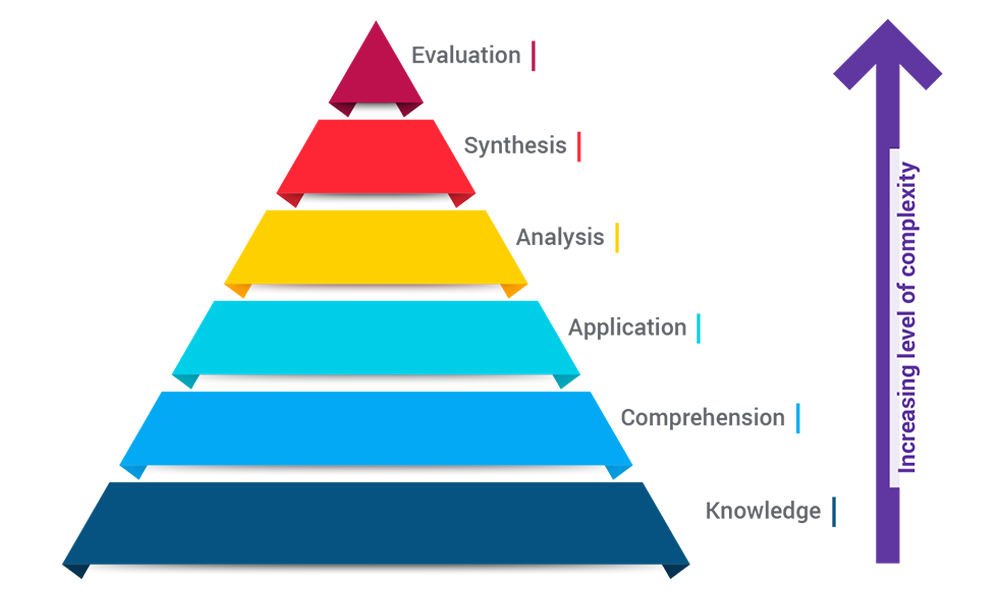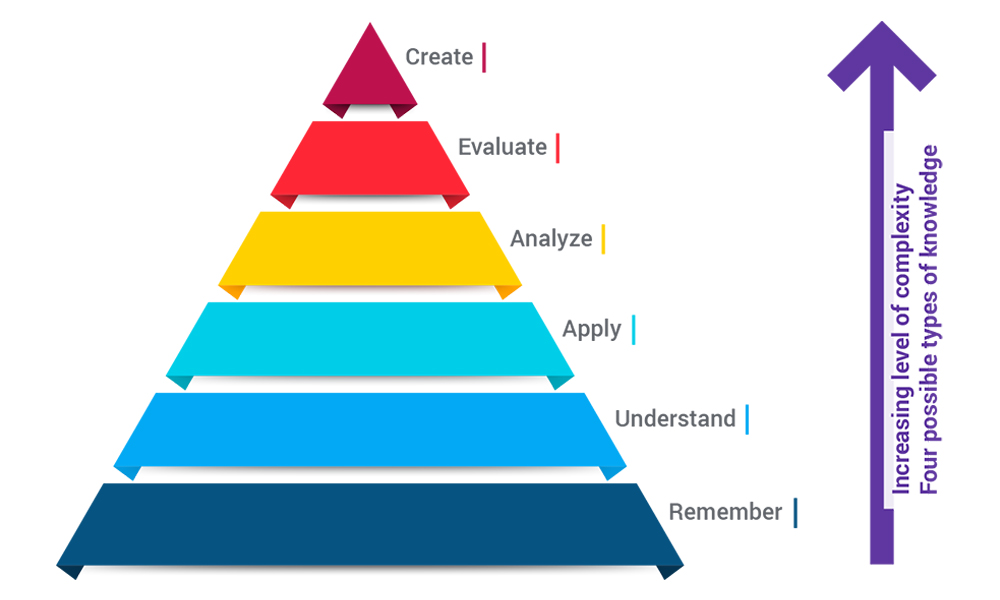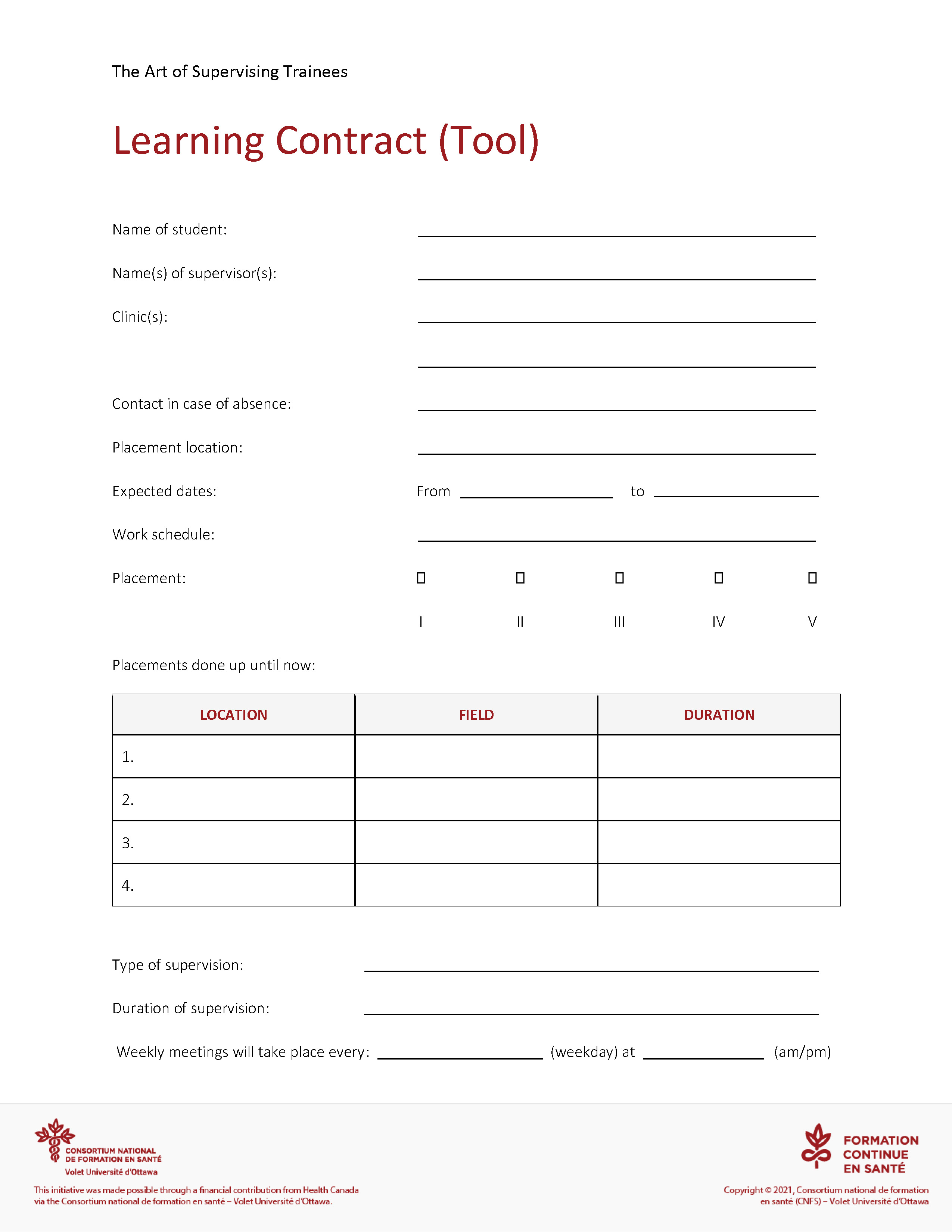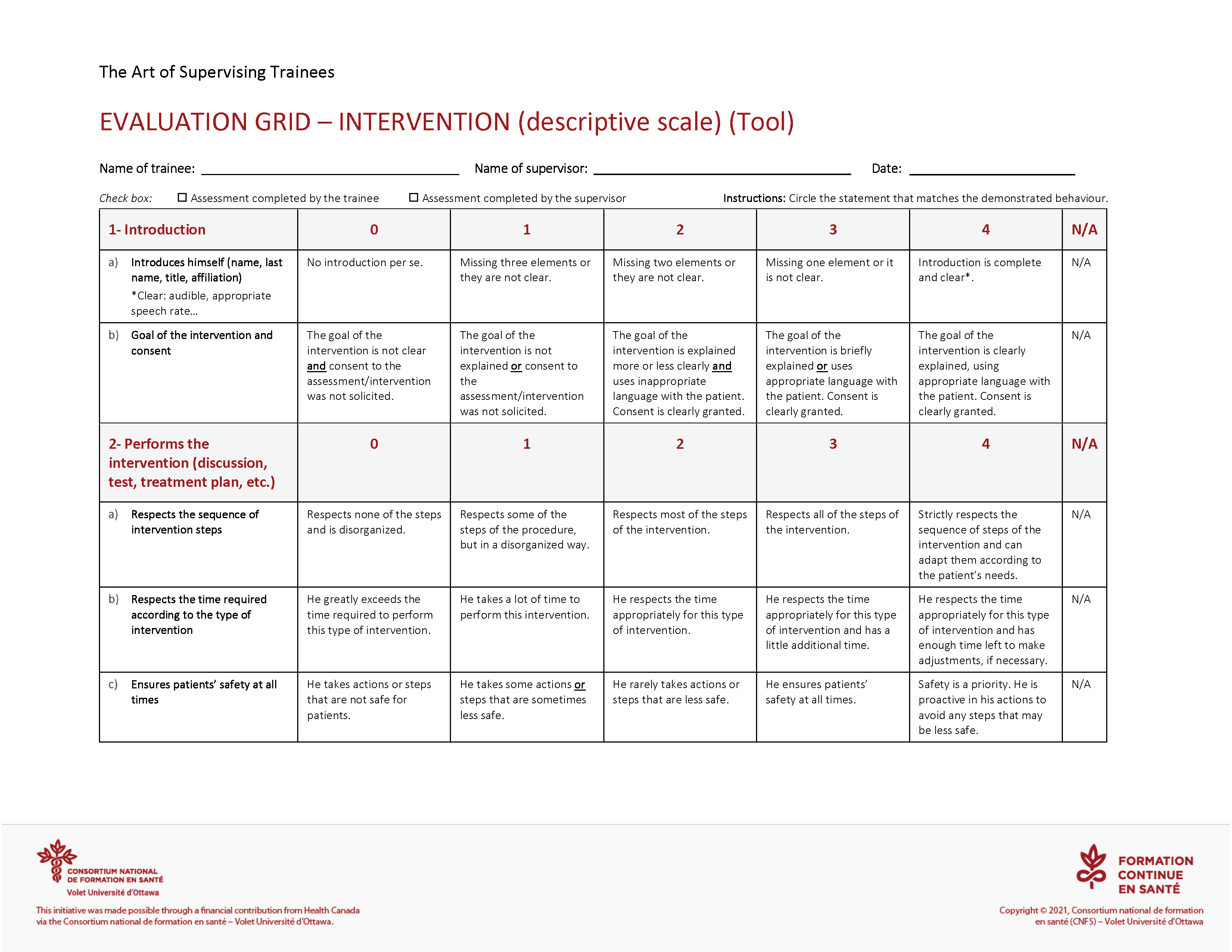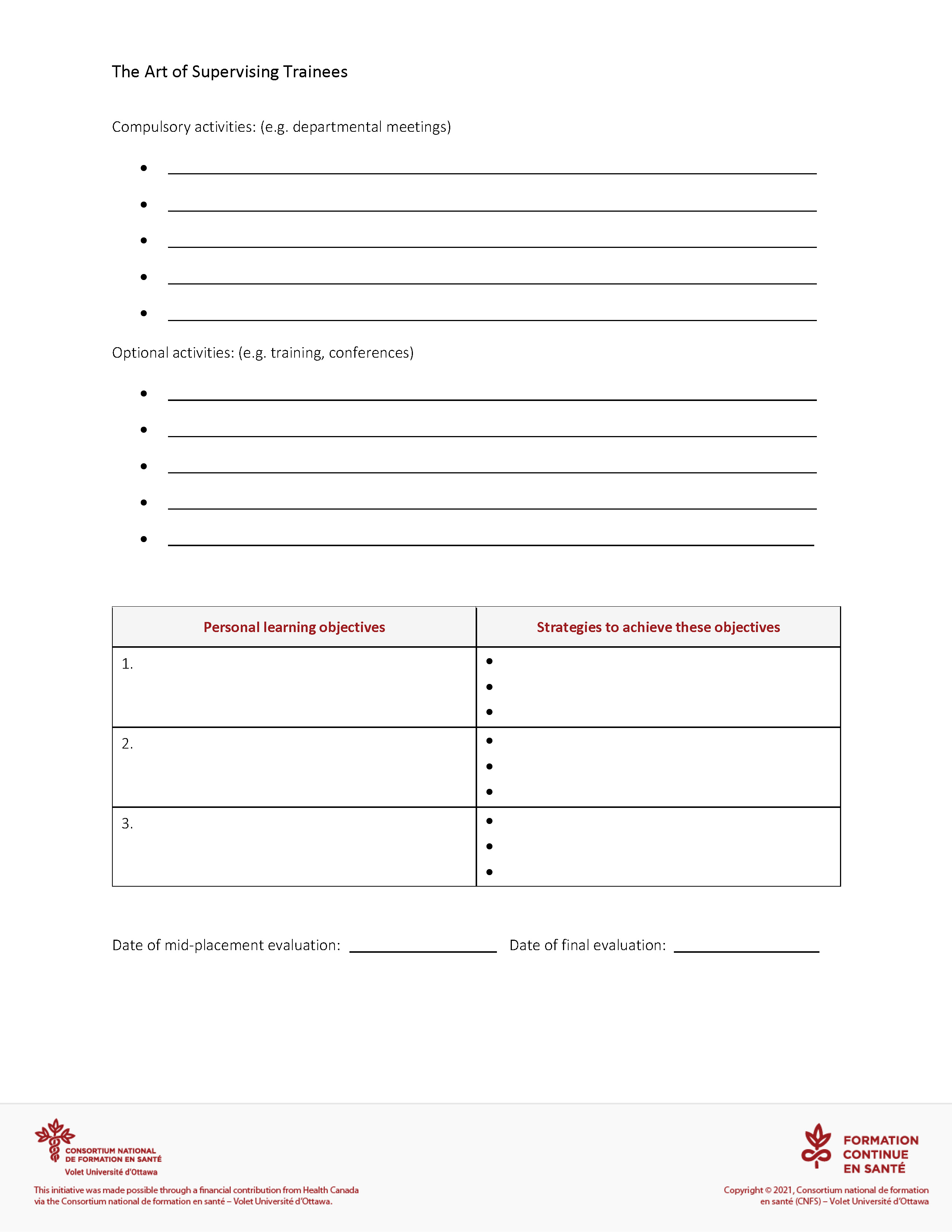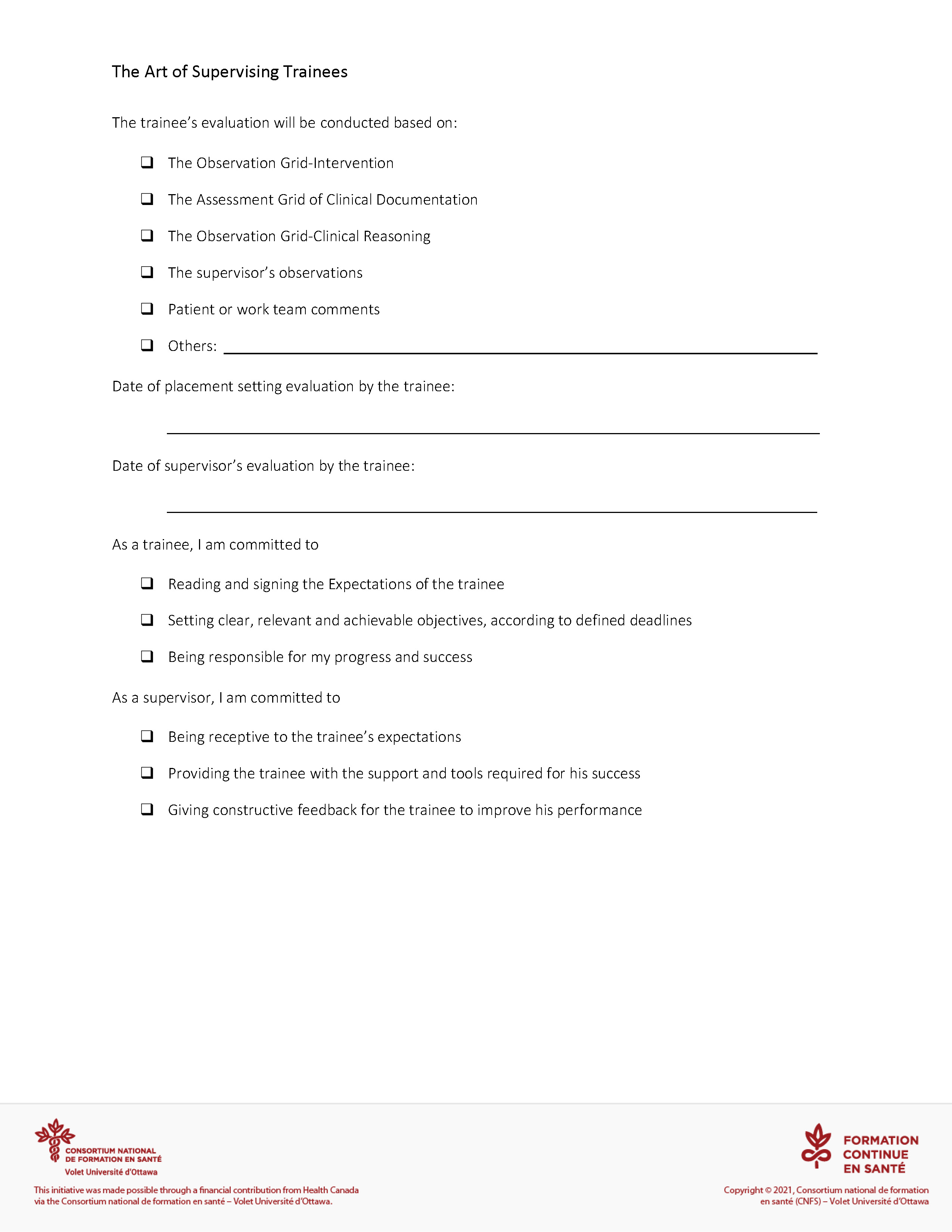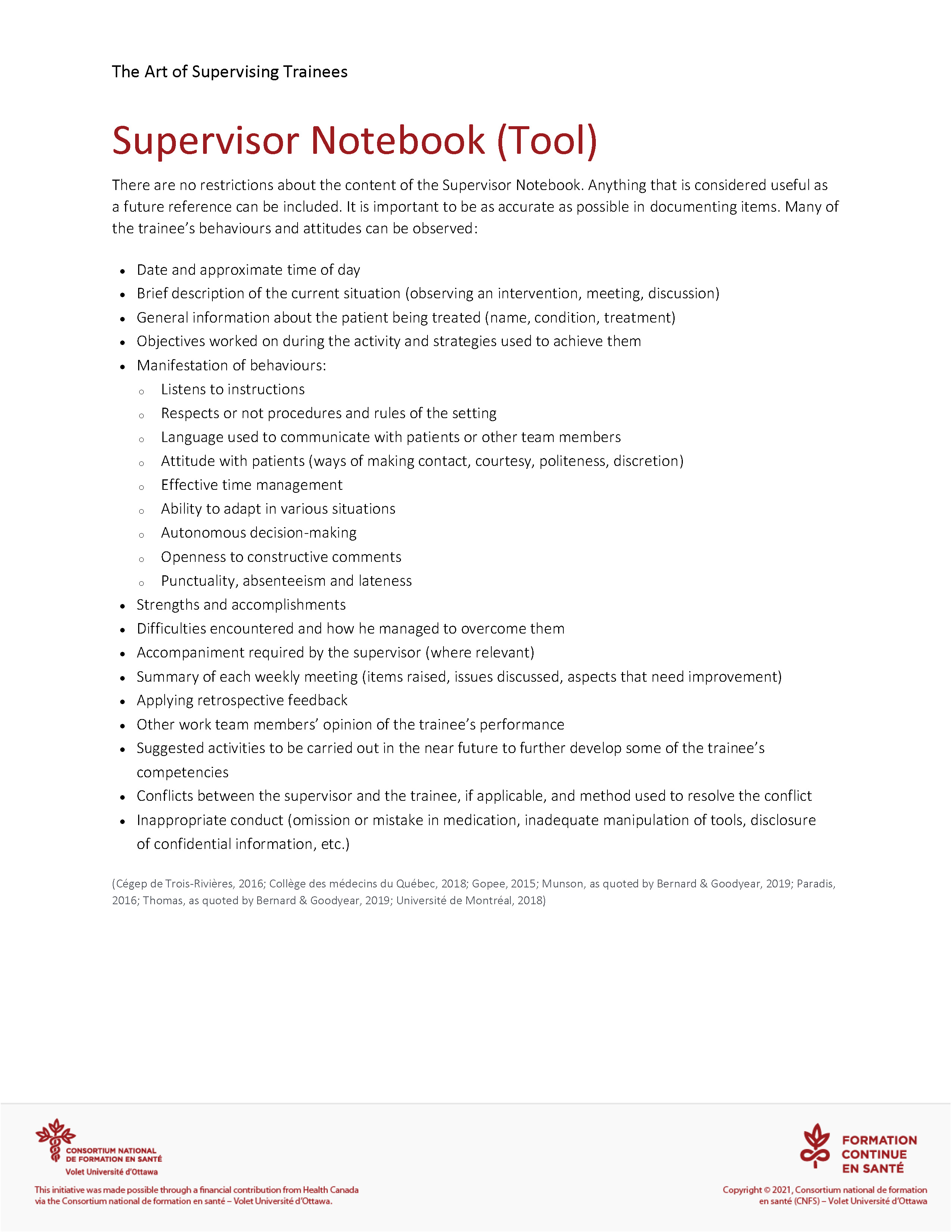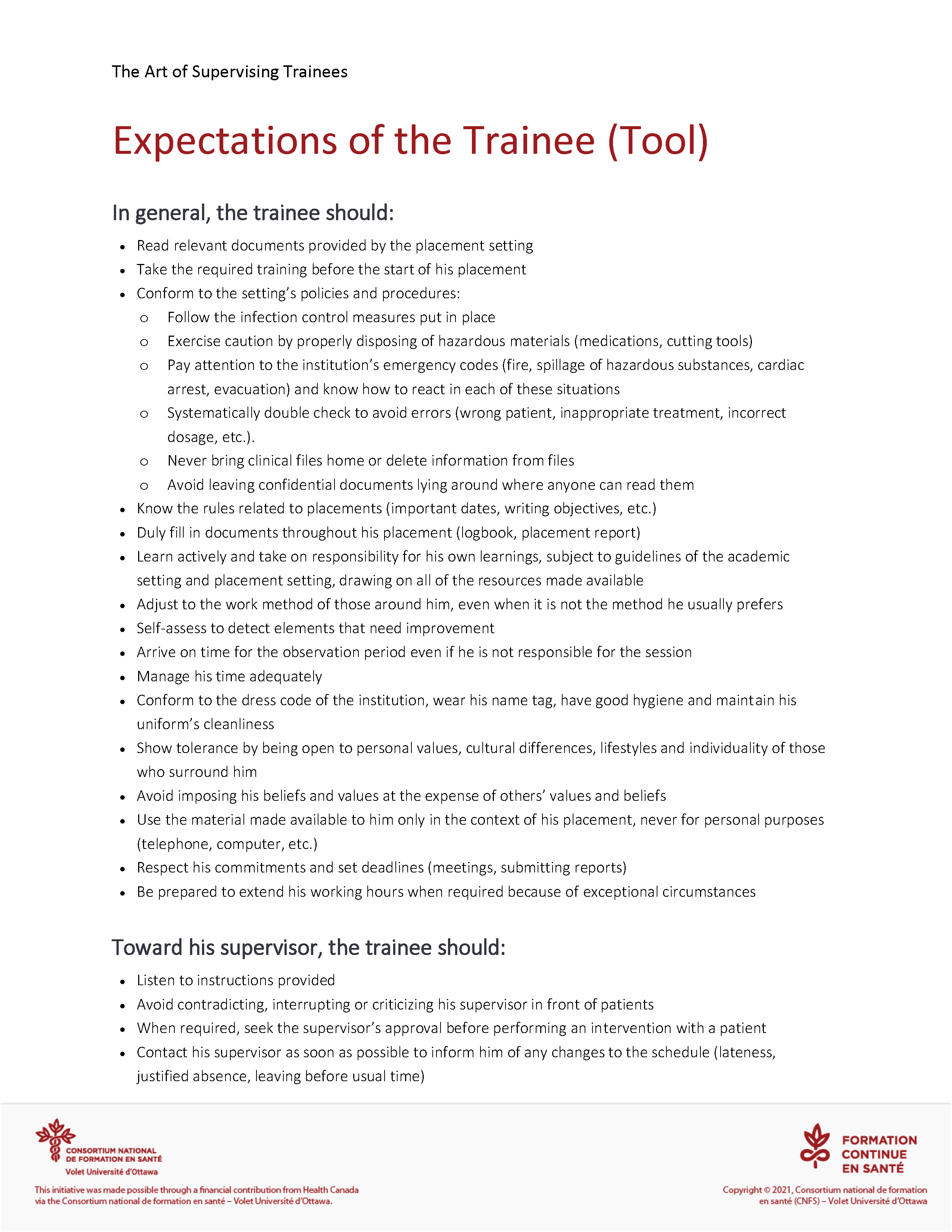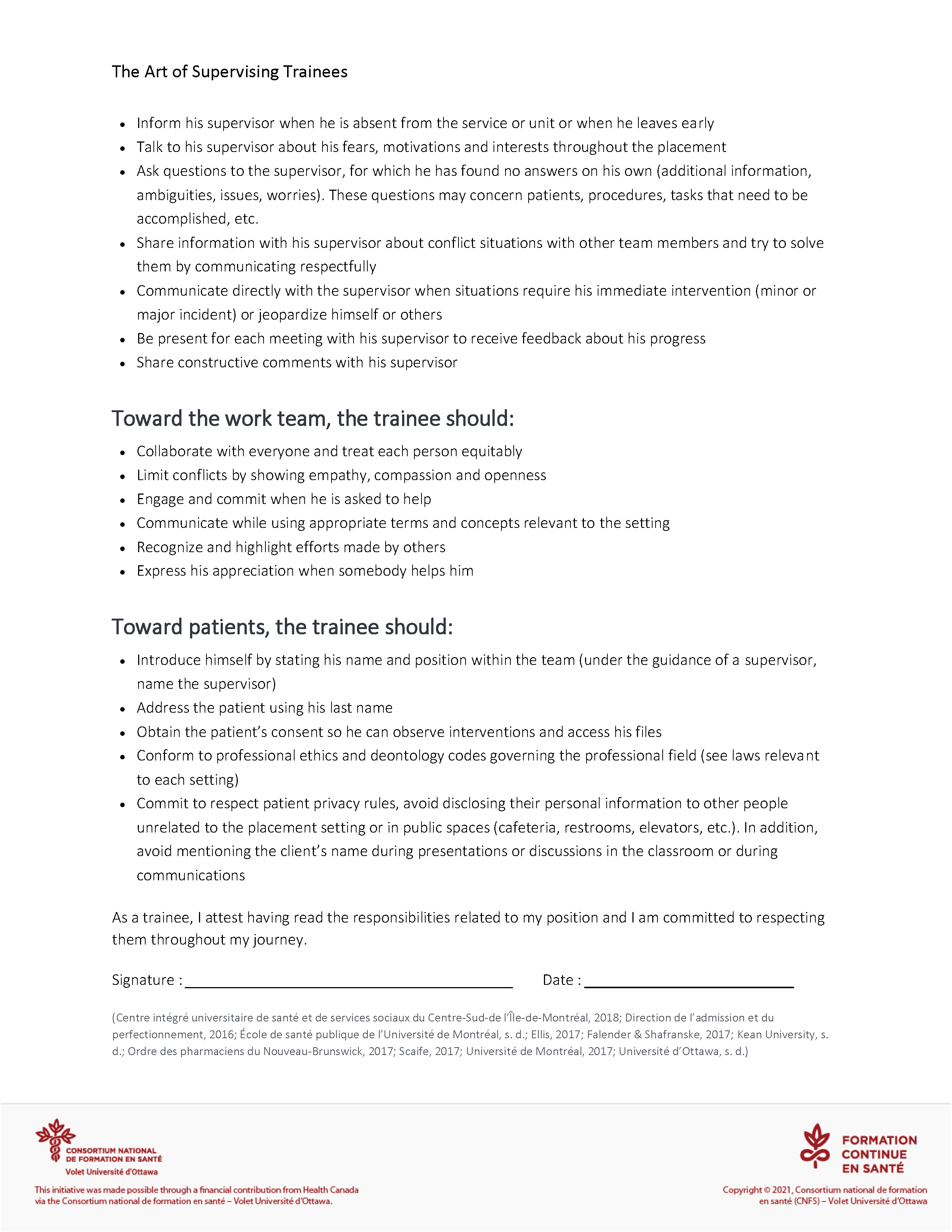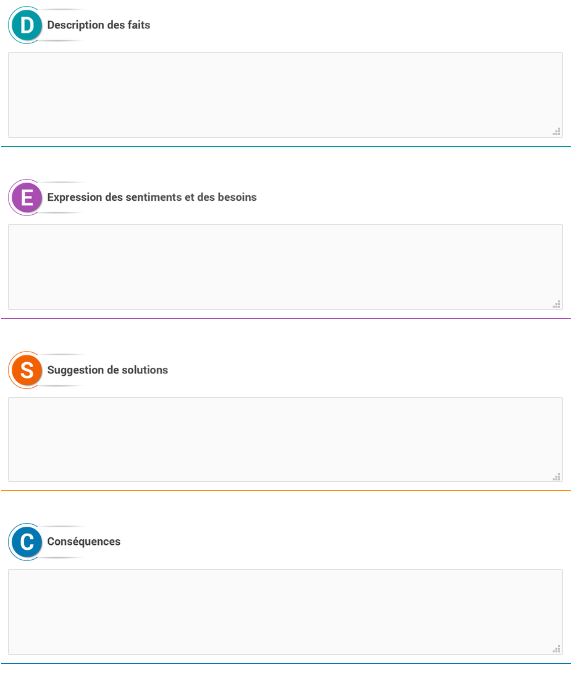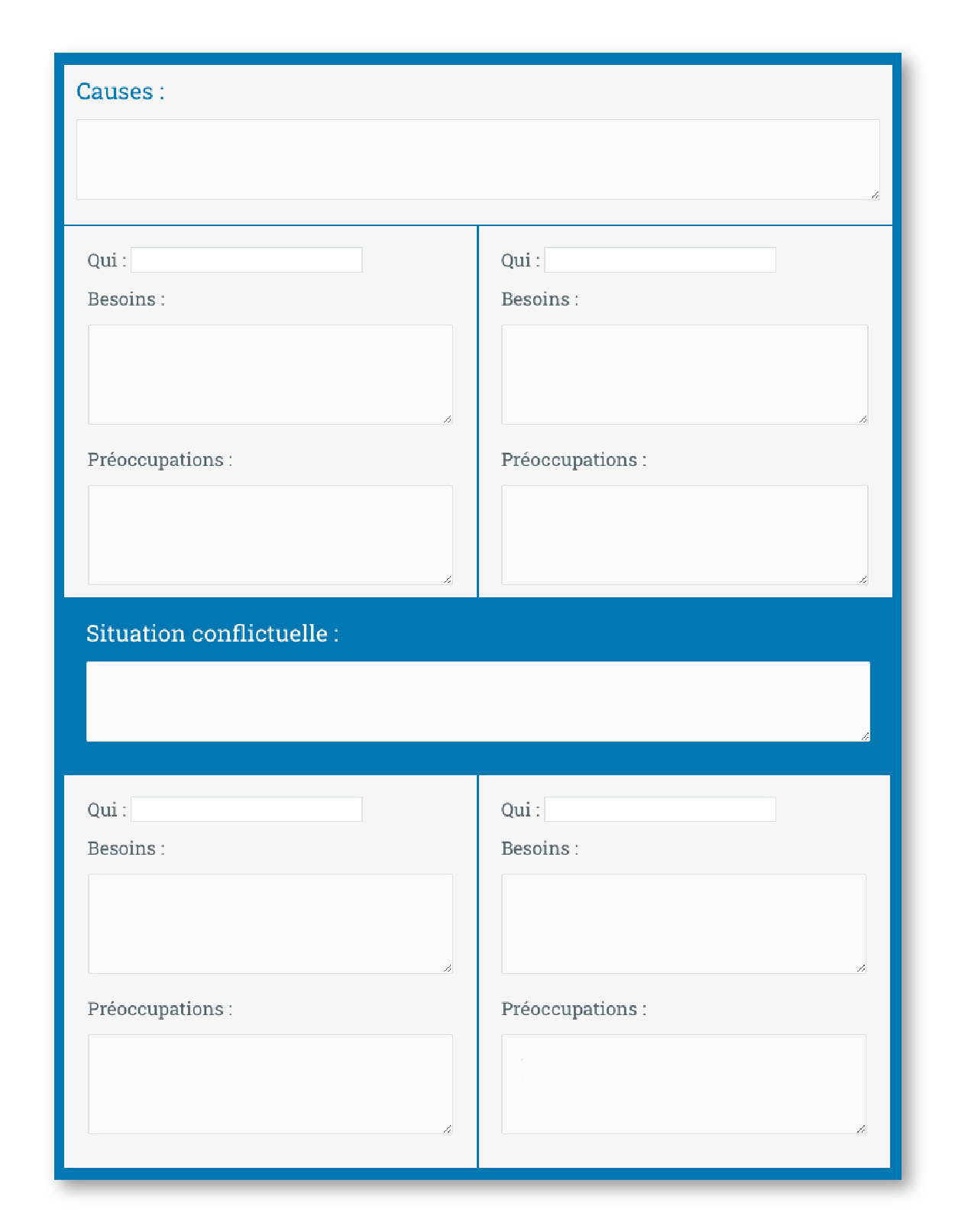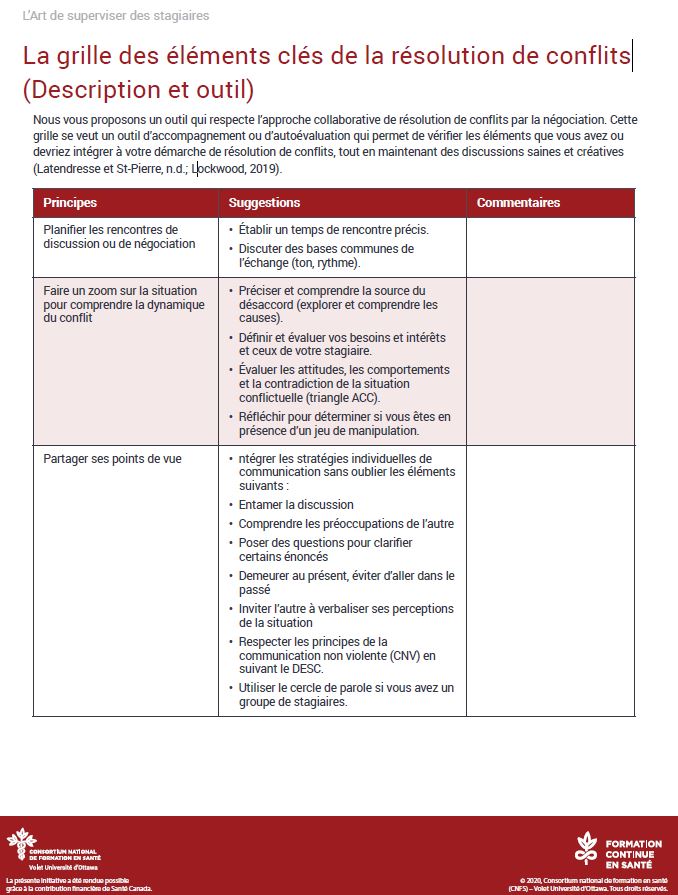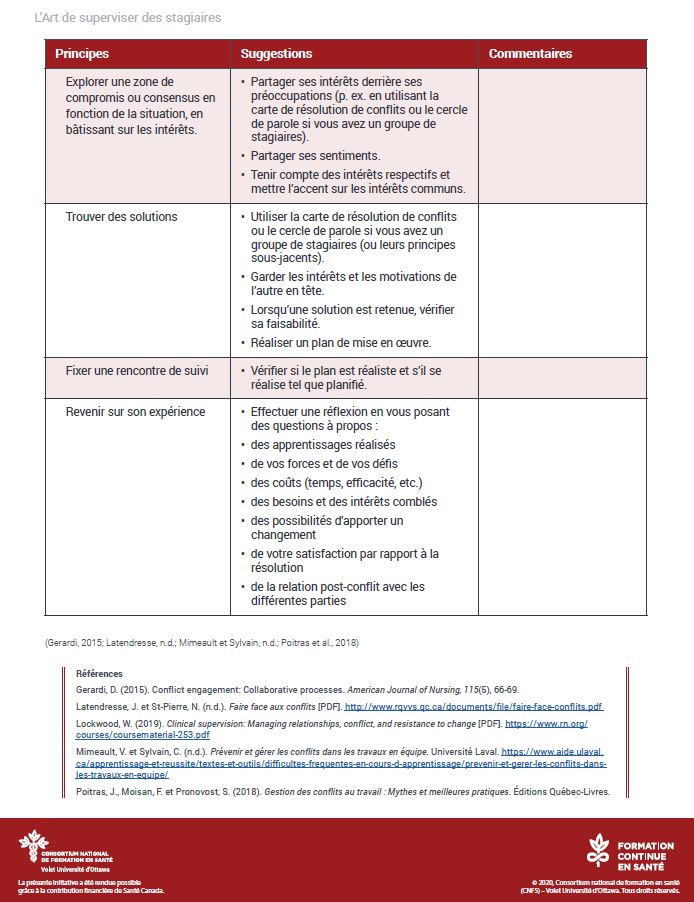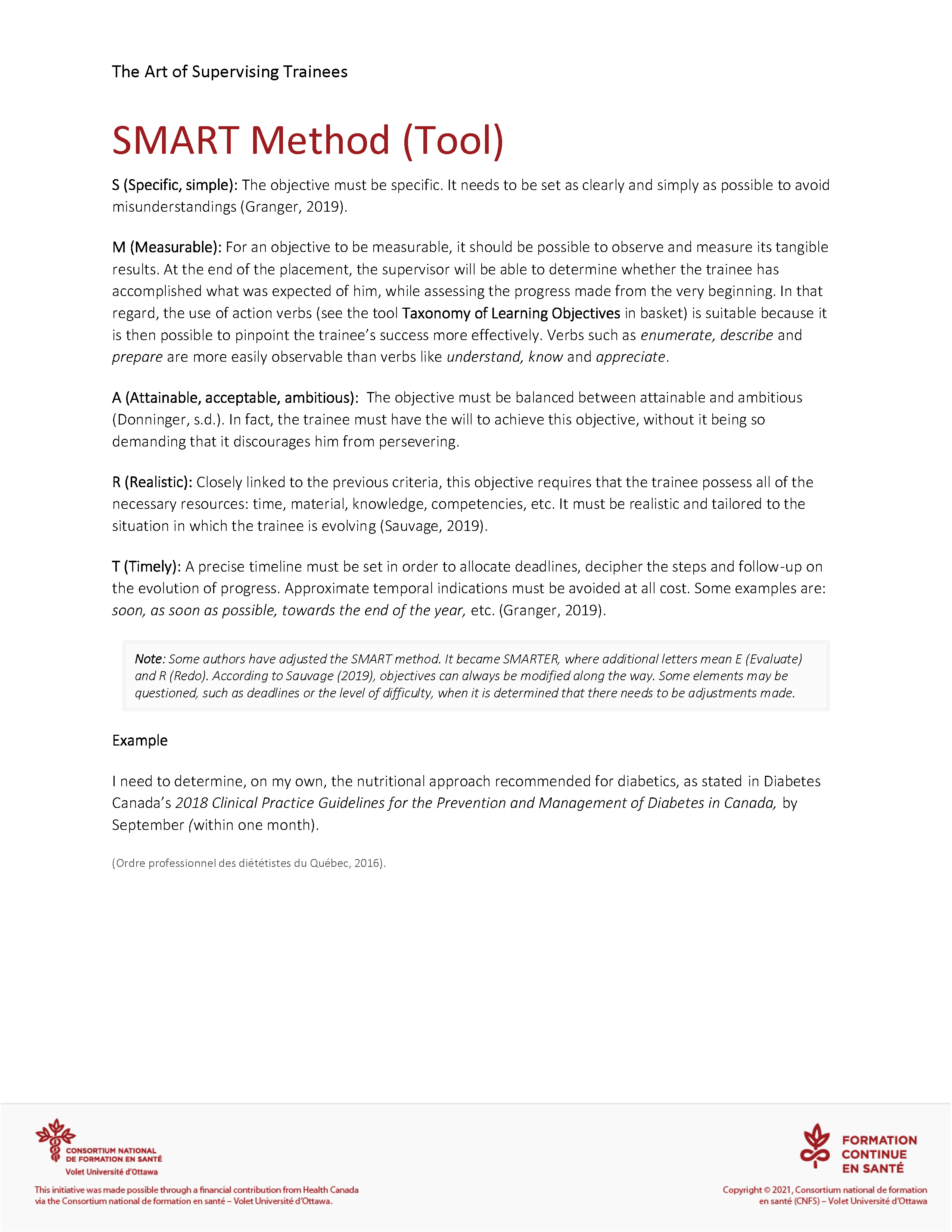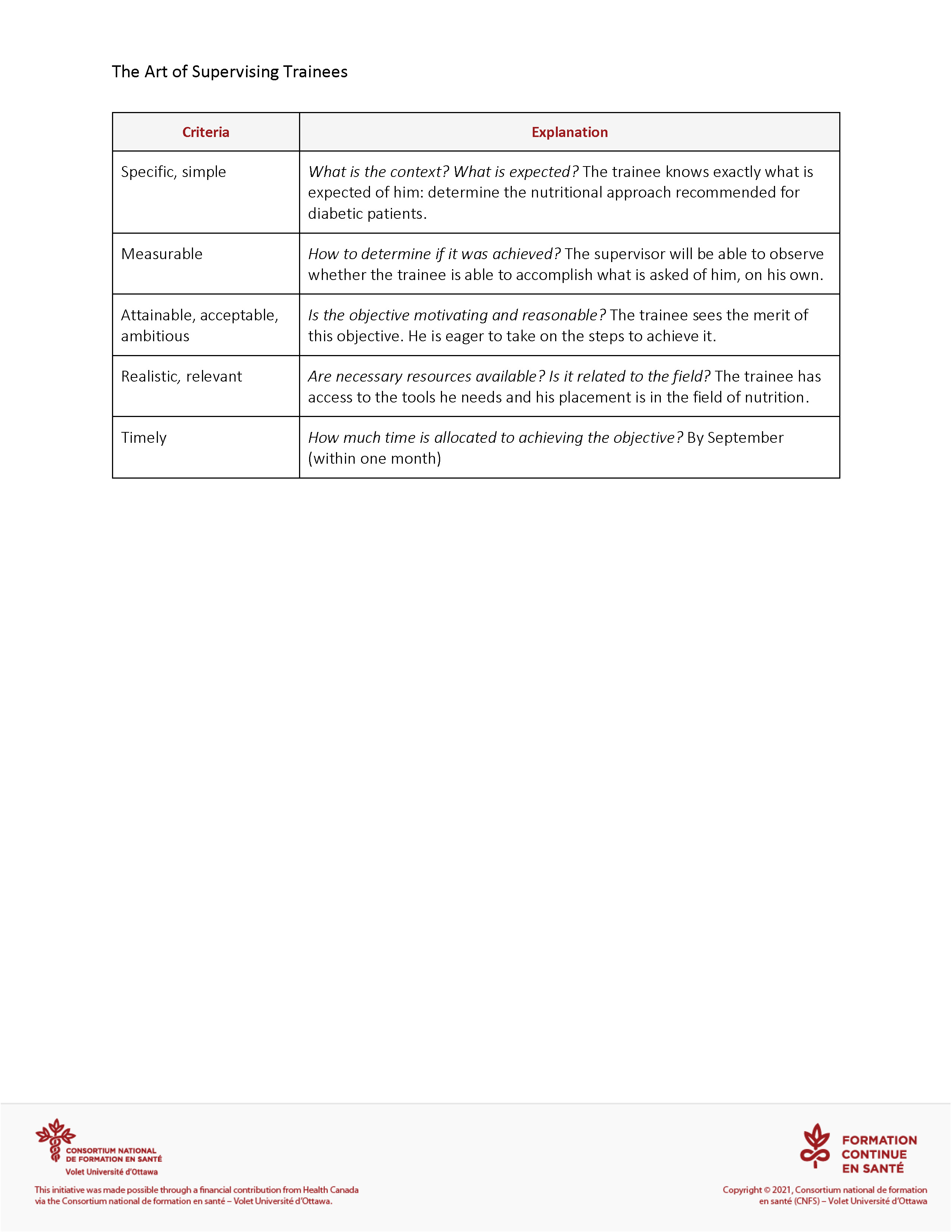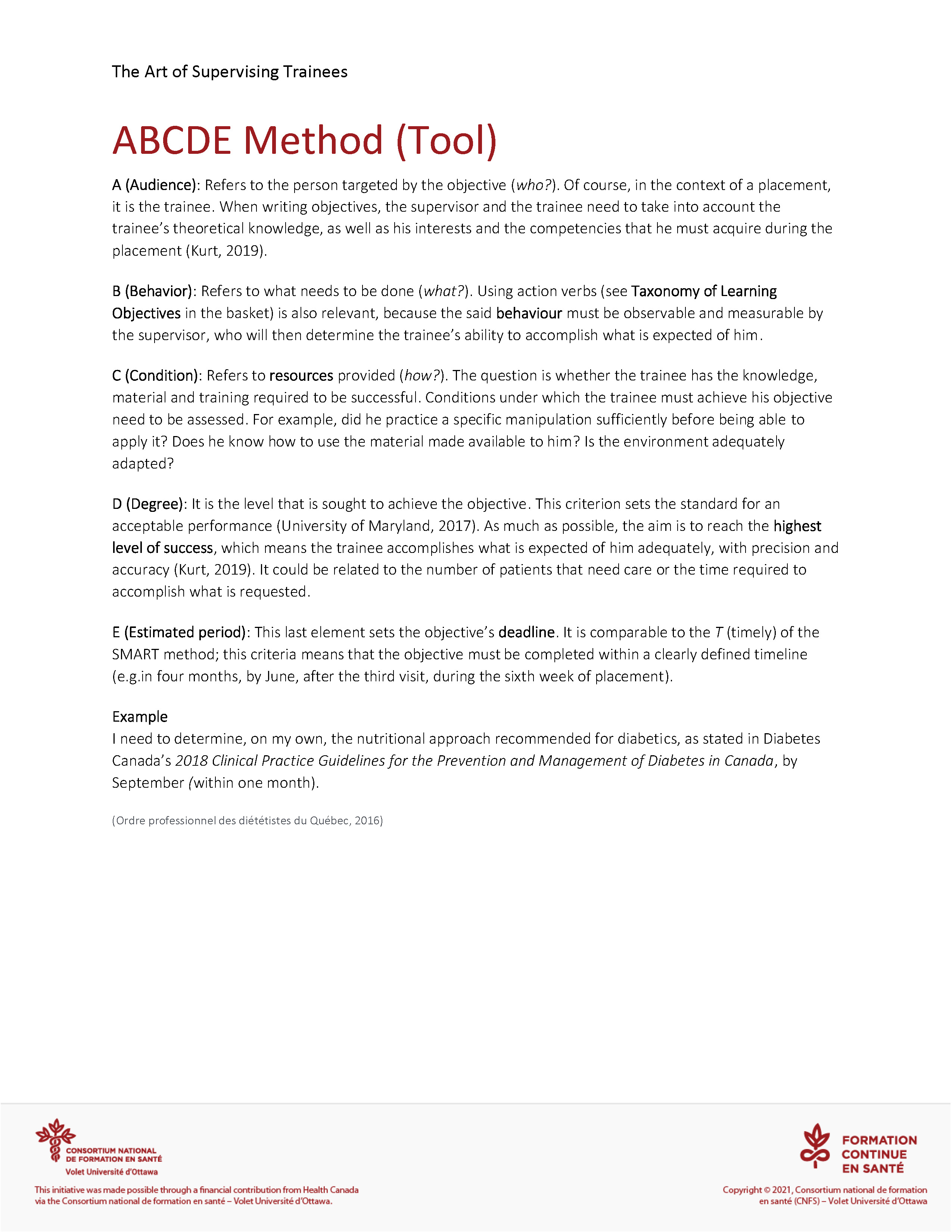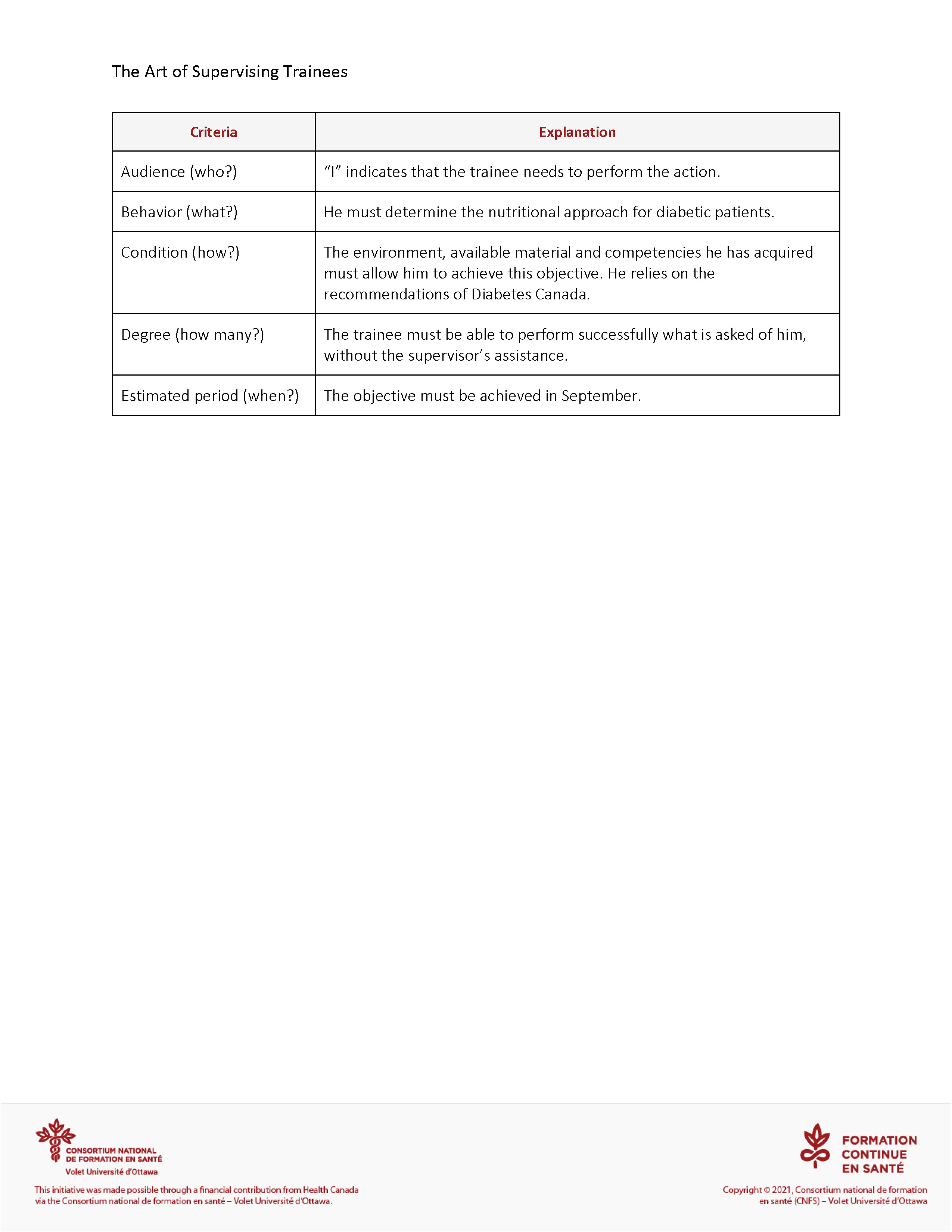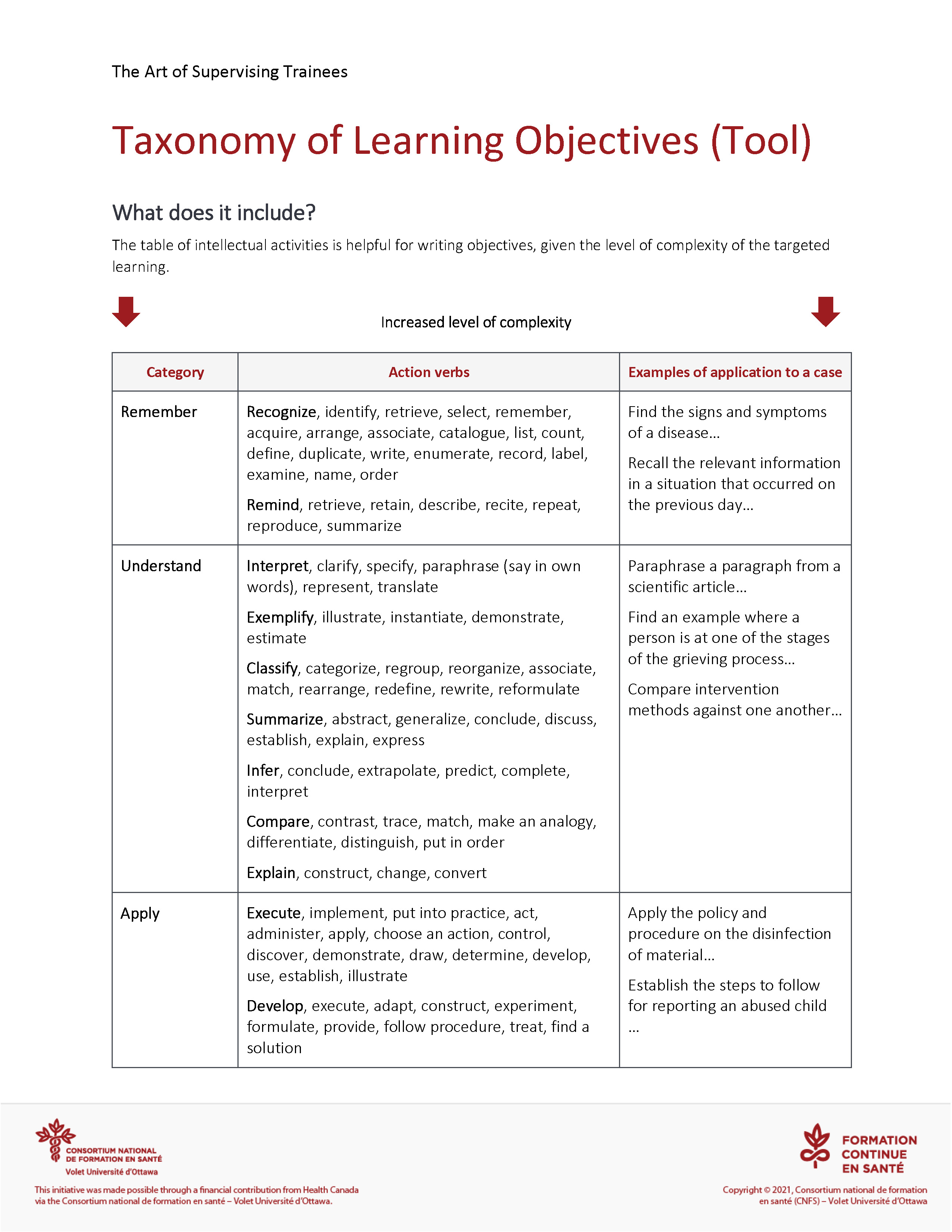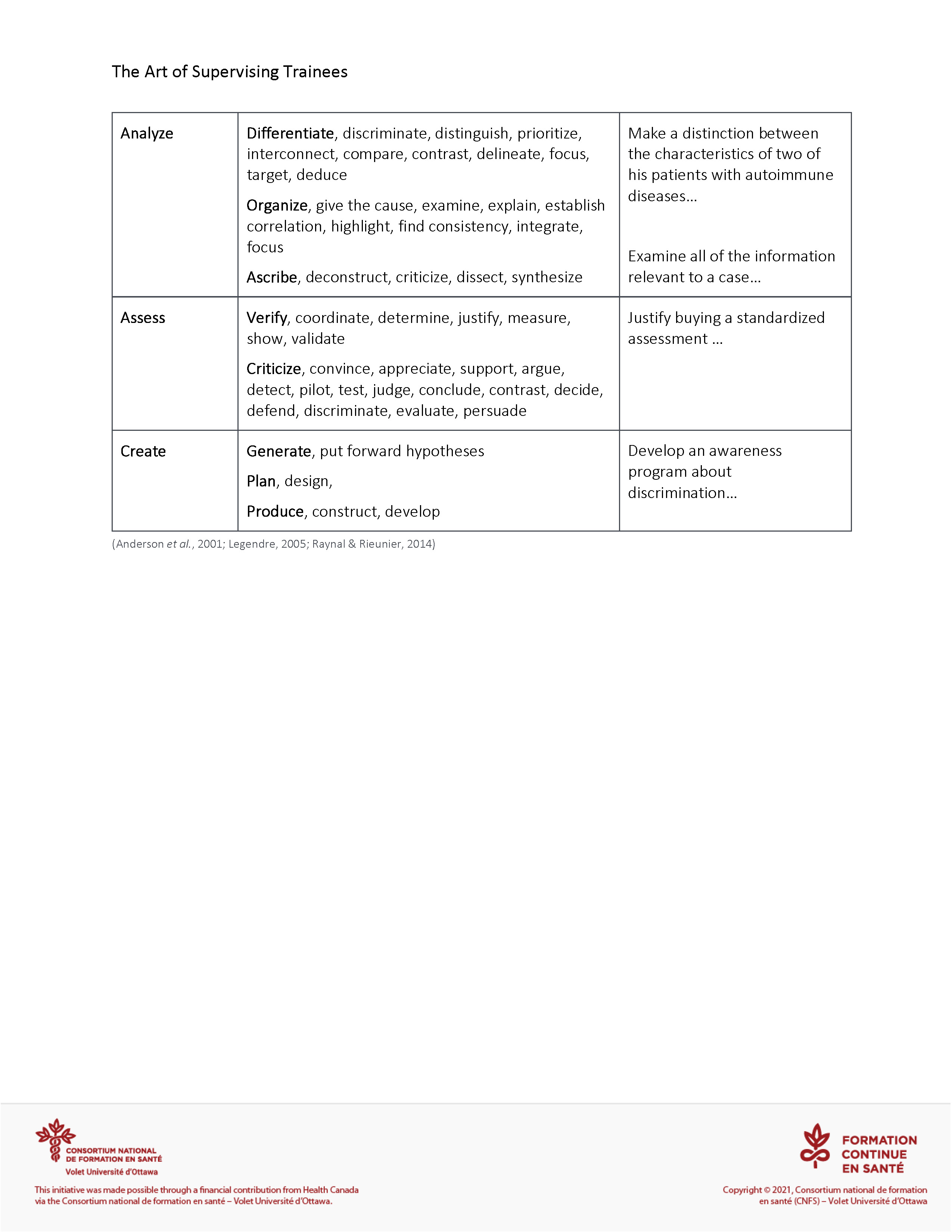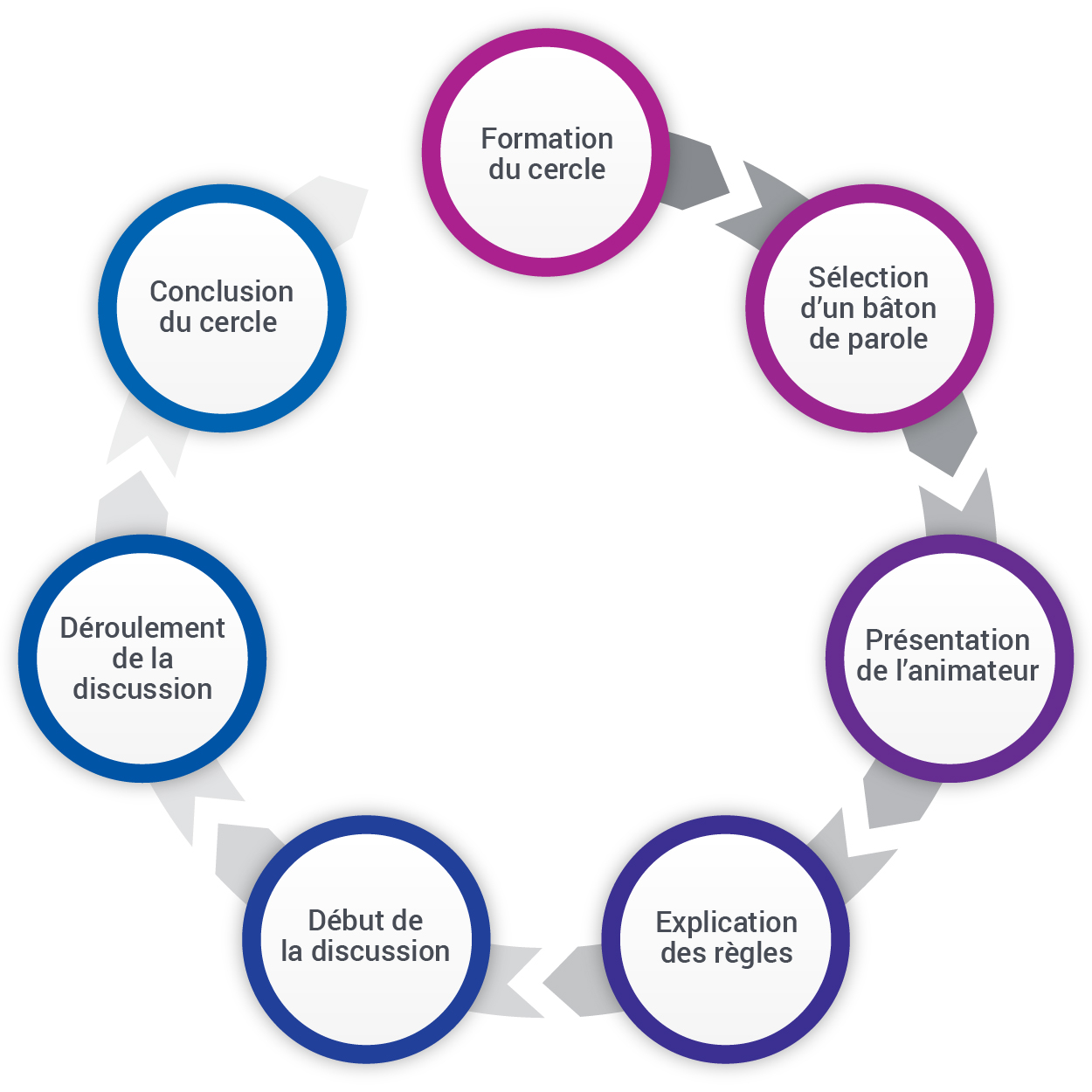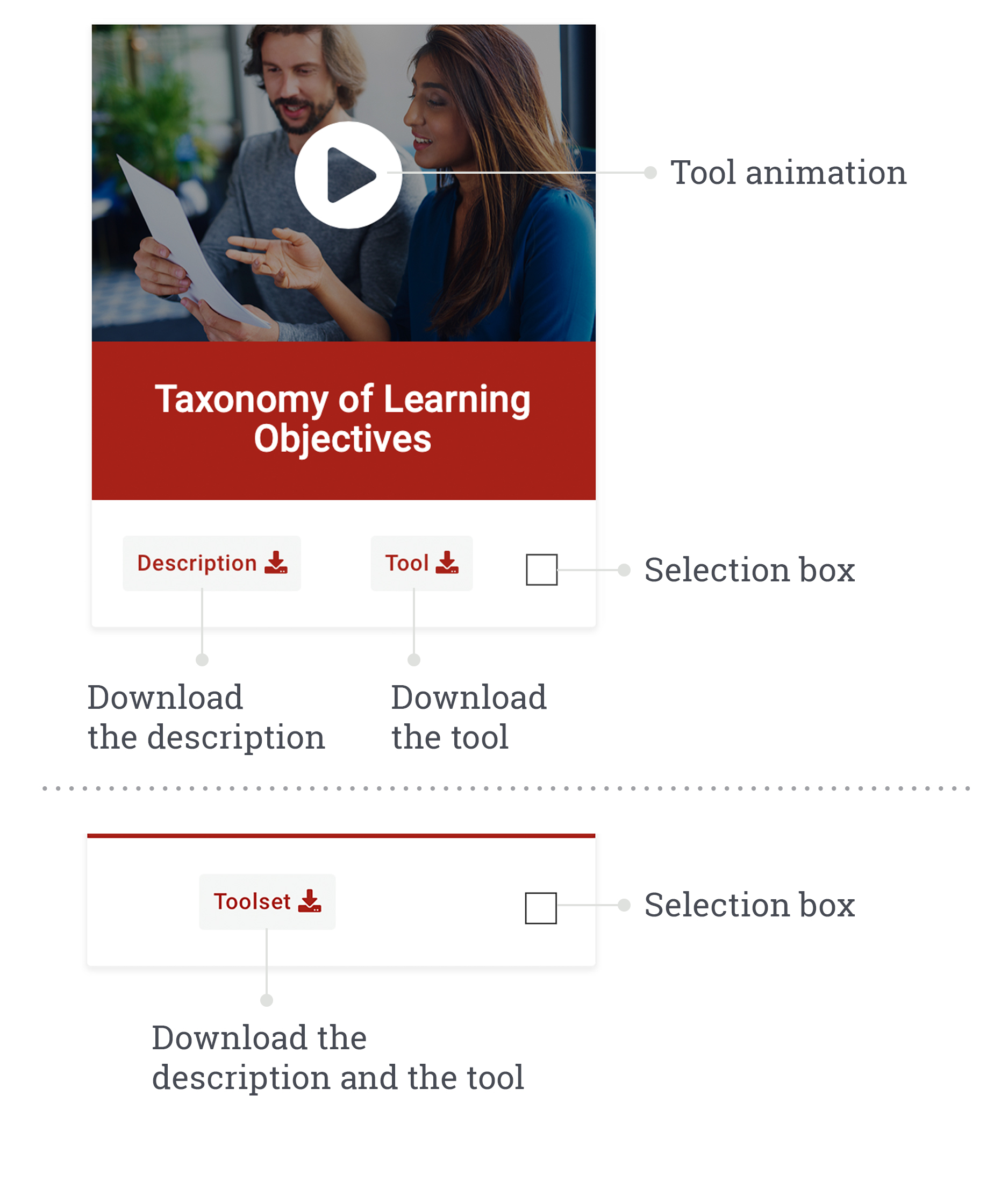Indeed, planning involves various tasks. Following are the main tasks associated with planning:
- Establish a pedagogical alliance with your trainee, which will facilitate the assessment process
- Forge a trusting relationship
- Address learning objectives and expectations with your trainee and write them down
- Foster the trainee’s learning position by encouraging him to:
- Ask questions openly while you take time to answer them with him
- Be self-confident and highlight his own successes
- Assess his own sense of competency in terms of his ability to work throughout the placement
- Determine the methods you will use to collect information on your trainee’s performance and discuss these with him (this topic will be covered further in Unit 3)
- Set meetings dates with your trainee for formal assessments (mid-placement, end-of-placement)
- Discuss the moments reserved for informal assessments
- Carefully read academic documents and the occupational referential for a given profession
- Determine criteria, indicators and descriptors that will lead to assessing the trainee’s competencies
References









